The secret sauce
At Syntropy, we advocate for a version of business that enables employees, teams and organizations to thrive internally and become a force for good in the world. But change is hard. How do we translate this theory of a more conscious version of business, into practice?
Our answer is the Syntropy Toolkit. It is a modularized toolkit, where discrete practices can be accessed just-in-time (JIT), as needed, assembled and ordered according to the individual needs of each learner or team, in a cafeteria style and in customized practice chains.
The synergy drives the syntropy
Many of the healthy habits and practices we promote here, you’re probably already doing. However like many things in life, the total is greater than the sum of its parts. After all, the “syntropy”—that upward movement toward greater wholeness—comes from the “synergy”—the compounding effect of various practices used together.
Take your practice to the next level
Practical Applications
By embracing a developmental orientation, leaders can create a Deliberately Developmental Organization (DDO). This allows all employees–not just the executive team–to also “get naked”, be vulnerable and allow their work to be an explicit opportunity to develop themselves. As Tony Robbins reminds us,”we’re not happy unless we feel like we’re growing ” We define Home, Edge and Grooves where we feel safe, challenged and “in the zone” respectively to create an optimized container for growth.
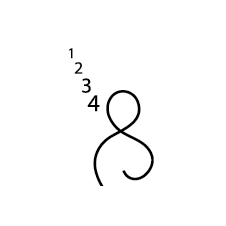
Breath Counting

Giving Feedback
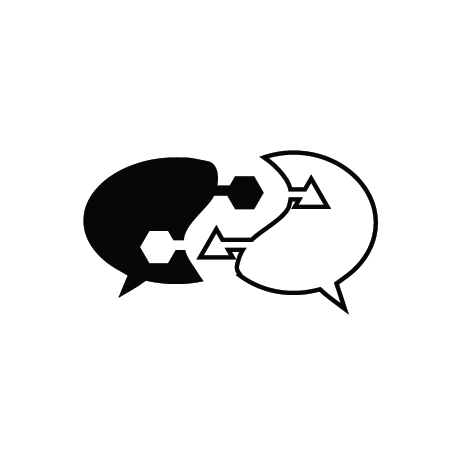
Difficult Conversations
Large Multi-national Company Going Through Layoffs
Abraham Maslow’s Hierarchy of Needs provides a useful model in matching unmet psychological needs to tools and practices that address them. This hierarchy forms a pyramid with more foundational needs of survival at the base moving up to self-actualization at the pinnacle.
In the first example above, with a large multi-national company going through layoffs, suitable practices revolve around lower levels of Maslow’s hierarchy. They address survival, basic mental and physical health, affiliation needs as well as minimum achievement requirements needed to navigate organizational changes gracefully.
Breath Counting helps calm you down and access your deeper wisdom, while Giving Feedback and handling Difficult Conversation with others helps reduce friction and interpersonal distress in difficult times.
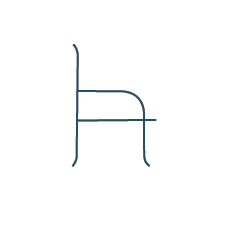
Open Chair Techique
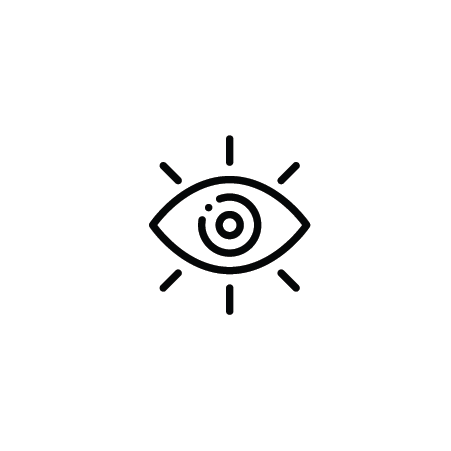
Visioning
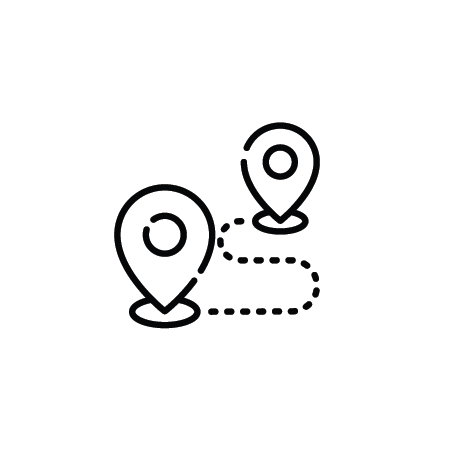
Stakeholder Mapping
Medium-sized Company Dealing with Leader Succession and Company Reinvention
In the second example above, a medium-sized company is dealing with a leader’s succession and company reinvention. Tools like the Open Chair Technique help uncover the company’s core purpose. Visioning helps translate a company’s core purpose into a compelling future while Stakeholder Mapping considers the larger ecosystem in which the company’s future will operate.
This is moving from the center of Maslow’s hierarchy, beyond achievement, into the level of self-actualization and early meaning. In this stage of a company’s growth, considering its purpose, from the company’s perspective, envisioning a compelling future to live into and mapping the impacts this proposed future will have on all stakeholders is critical for helping it come to pass. This lines up with a sustainable company, not harming any stakeholders, including the communities in which they operate or the natural world. Furthermore, by incorporating inner, reflective practices, there is a movement beyond simple sustainability to actual flourishing.
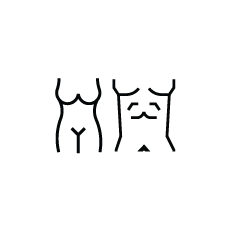
Getting Naked
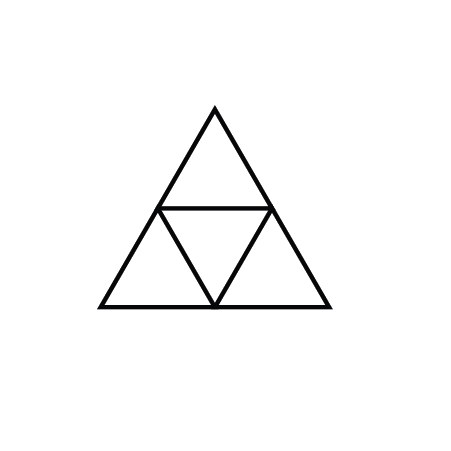
DDO
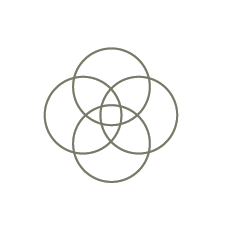
Impact Mapping
Conscious Start-up Dealing with Fast Growth
In the third example, with a start-up driven by conscious founders entering a period of fast-growth, self-actualization, transcendence and service are the order of the day.
It starts with authentic leadership where leaders practice metaphorically Getting Naked with their employees, modeling vulnerability and showing their imperfections and growth edges. They establish an entire organizational culture where everyone can grow and evolve through their work creating a Deliberately Developmental Organization (DDO). It is here where work becomes a vessel for our personal development AND a vehicle for delivering value to the world. The invitation is to play a bigger game, than merely making profit or “doing no harm”. This later stage movement is about helping create a better future. Business can become a force for good in the world by Impact Mapping actively pursuing strategies to co-create it. Finding the magical overlap between a company’s purpose, its core competencies and the larger needs of the world help business realize it’s potential to build a regenerative economy and not merely a “sustainable” one.
The Thread That Connects
How personal, interpersonal and organizational practices support a life of meaning and contribution.
The premise of this toolkit is that all change happens from the inside out, interior to exterior, and moving from the individual to the collective. This creates 4 vectors of growth and development–the individual interior (mind, thoughts, ideas, intentions); collective interior (relationships, culture, values, norms) and exterior individual (body, behavior) and exterior collective (social systems, governments, legal systems, physical surroundings) These 4 vectors roughly define the terrain of Ken Wilber’s AQAL integral model to which I map the following practices and the 4 tenets of Conscious Capitalism–purpose, culture, leadership and stakeholder orientation (which I often shorten to “impact”). Any change initiative must, at a minimum, consider each of these 4 general orienting perspectives to build a successful, stable and sustainable program.
The “syntropy”–that upward move to increasing wholeness–comes from the “synergy” of multiple practices, touching in with all quadrants, where the total is truly greater than the sum of its parts. It is for this reason that we introduce these modularized practices that support each of the tenets and encourage you to design your own program, picking and choosing from practices that fit your needs, taking care to consider each of the 4 quadrants and corresponding tenets and practices.
As we focus on the interior of individuals, we explore the world of mind and consciousness. We establish a connection to the eternal now, our taproot into the unbroken perfection of this and every moment. This is the liberation from ego spoken of in the great wisdom traditions. Shikan Taza–or “just sitting” from Japanese Zen is designed to help promote the settling of the mind to our natural open state. This is our Original Face spoken of in Zen as content-free awareness. Simple breath-counting, box-breathing and body-scan meditations are also ways to relax, train the attention, focus the mind and allow our ego to become transparent to and allow the Self to shine forth.
Through the use of our intention and emotion, we can also dial-in and energetically attract the future we want to create. While I don’t subscribe completely to some Science of Mind conceptions that our “thoughts create our reality” 100%, they certainly filter what we notice and what we attract and thereby co-create our experience of life. Meditations for manifesting–the Japa meditation sounding the biji syllable “AH”— is a powerful way to calibrate our intentions with our subtle energetic body to call in our desired future.
Both of these types of meditation support the wisdom wing of enlightenment. The other wing is compassion. We find our way to more open-hearted relating with others through Metta (compassion) meditation and Tonglen (compassionate exchange). In the first, we bless ourselves, our friends, our family and other people in our lives, including our enemies, and then the whole world. By giving love, we open ourselves to experience more of it ourselves. Tonglen instructs us to look directly at the suffering of the world, take it into our hearts and transmute it there, converting it into light and love, and then sending out in a gesture to relieve suffering in the world.
Meditation connects us with Spirit, that dimension of ourselves that is eternal, spacious and free. Embodied Spirit speaks through the language of the Soul. Purpose discovery practices help us connect with the inherent design of our Soul, our incarnate version of Spirit here in time. Purpose embodiment moves from the internal aspirational to the real and actual. These two families of practices integrate Spirit and Soul and enable us to show up grounded in the Absolute and fully embodied.
Conscious leaders develop a compelling vision for the future that stakeholders can resonate with and believe is possible to reach. They also demonstrate radical authenticity. They “get naked”, dropping all pretense and sharing their own growth edges and insecurities, giving explicit permission for other employees to do the same. The energy that is released as people relax the incessant drive to manage how others perceive them, enabling more energy to focus on work.
According to Adam Leonard at Google’s Flow Dojo, psychological safety and leader-led vulnerability-based trust were the two key components of high-functioning teams. But in order to function effectively and get stuff done, there must be effective polarity management–i.e. no freedom without responsibility, no agreements without accountability for keeping them with corresponding remedies to clean up our proverbial messes if we make them. Leaders need to engage in difficult conversations, own their own projections, and provide specific and actionable feedback. Self-management can be promoted, but we don’t work in a vacuum. We work in an interrelated ecosystem. We contribute to and support it as we are supported by it as well.
All of this contributes to conscious culture. By embracing a developmental orientation, leaders can create a Deliberately Developmental Organization (DDO). This allows all employees–not just the executive team–to also “get naked”, be vulnerable and allow their work to be an explicit opportunity to develop themselves. We define Home, Edge and Grooves where we feel safe, challenged and “in the zone” respectively. All stakeholders, regardless of their power position, formal authority or official span of control, can be given a voice through the Way of Council. Colleagues can communicate with one another, owning their experience, re-capturing their projections and engage in difficult conversations through Non-Violent Communications techniques.
Companies metabolize their deepest purpose through their core business operations and through projects, programs and partnerships that deliver impact in the world, far beyond profits for shareholders. Impact mapping connects where a company’s deeper purpose, core competencies and the needs of the world overlap. This is the Japanese concept of “ikigai”.
In order to understand how to map a company’s impact, it’s necessary to track the needs of all stakeholders in a stakeholder map. While everyone might not get what they want, according to the Rolling Stones, they do get what they need, in time and in turn–at least if their unique perspectives are considered. Managing not only shareholder needs, but explicitly considering employees, customers, supply chain partners, society and the entire natural world are worthy of explicit concern. Ultimately the Syntropy Toolkit offers an integrated set of tools that serve to enable business to become a force for positive change in the world. Working through individuals inside of collectives, deeper purpose, authentic leadership and conscious culture resolve to deliver impact to all stakeholders of a company, including all people, society and the natural world. This explicit handshake between the personal and planetary helps us find more engagement, joyful productivity and satisfaction through our service and contribution to something bigger than ourselves.
 by Montaia
by Montaia